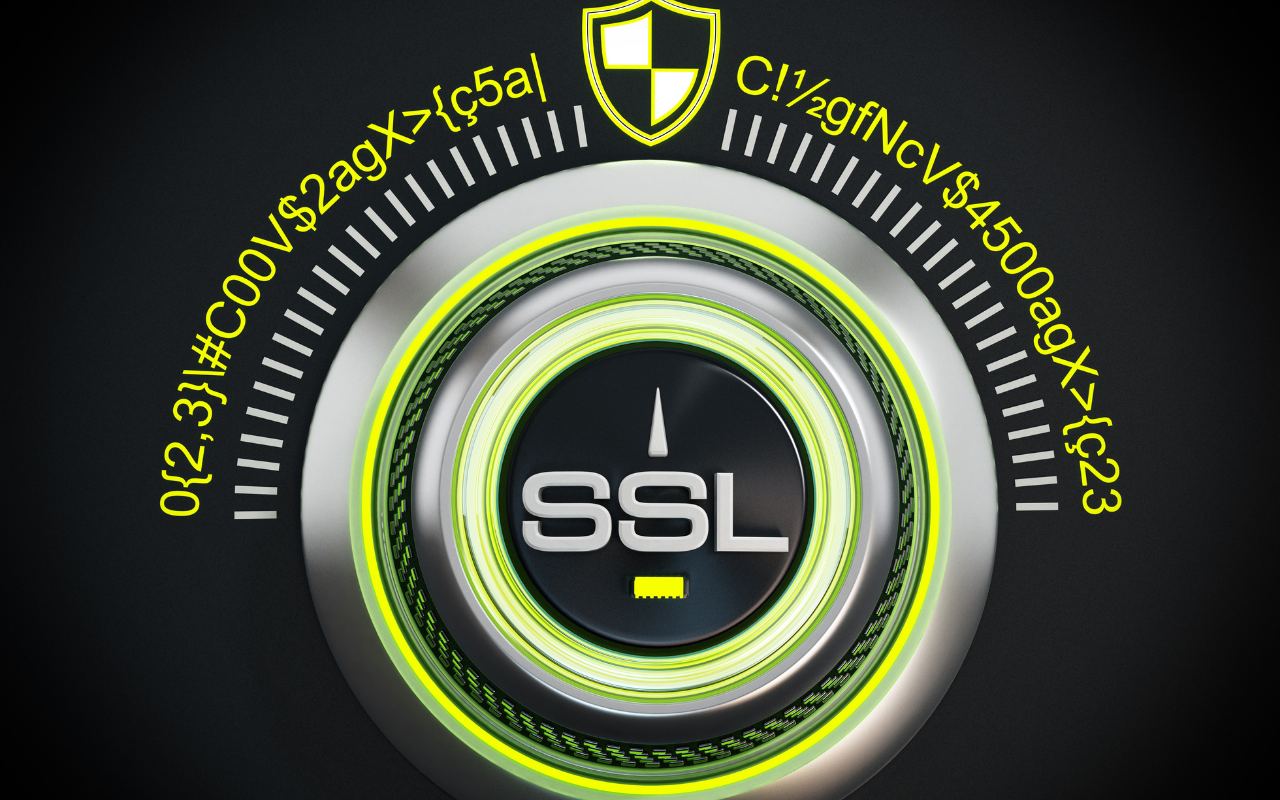In today’s digital landscape, securing your website is paramount. One of the fundamental steps in ensuring website security is obtaining an SSL (Secure Sockets Layer) certificate. An SSL certificate encrypts the data transmitted between a user’s browser and your server, providing a secure connection and instilling trust in your website. This guide will walk you through the process of generating an SSL certificate, covering everything from understanding what an SSL certificate is to obtaining and installing one on your server.
What is an SSL Certificate?
An SSL certificate is a digital certificate that authenticates the identity of a website and encrypts information sent between the server and the client. When a website has an SSL certificate, its URL begins with “https://” rather than “http://,” indicating that the connection is secure. SSL certificates are essential for protecting sensitive data, such as login credentials and payment information, and are critical for maintaining user trust and complying with data protection regulations.
Secure Your Website Today: Generate Your SSL Certificate
Ensure your website’s security with an SSL certificate. Follow our step-by-step guide to generate and install your SSL certificate, protecting your users’ data and enhancing trust. Click below to start the process!
Get Started with SSL
Steps to Generate an SSL Certificate
1. Determine Your SSL Certificate Needs:
Before generating an SSL certificate, decide which type of certificate you need. There are various types of SSL certificates:
- Domain Validated (DV): Confirms domain ownership and is suitable for small websites.
- Organization Validated (OV): Includes verification of the organization and is used for business websites.
- Extended Validation (EV): Provides the highest level of validation, including thorough vetting of the organization.
2. Generate a Certificate Signing Request (CSR):
A CSR is a block of encoded text that contains information about your domain and company. It is required for obtaining an SSL certificate from a Certificate Authority (CA). To generate a CSR, follow these steps:
- Access Your Server: Log in to your server via SSH or use a control panel provided by your hosting service.
- Generate the CSR: Use OpenSSL (a command-line tool) or your hosting control panel to generate the CSR. For OpenSSL, use the following command:
openssl req -new -newkey rsa:2048 -nodes -keyout yourdomain.key -out yourdomain.csrReplaceyourdomainwith your actual domain name. This command will generate a private key file (yourdomain.key) and a CSR file (yourdomain.csr). - Complete the CSR Information: During the CSR generation process, you will be prompted to enter details such as your country, state, city, organization, and common name (domain name). Ensure that all information is accurate.
Protect Your Site with an SSL Certificate: Easy Guide
Learn how to generate and install an SSL certificate to secure your website and safeguard user information. Our comprehensive guide makes the process simple and straightforward. Start securing your site now!
Read the Guide
3. Submit the CSR to a Certificate Authority (CA):
Choose a trusted CA to issue your SSL certificate. Popular CAs include Let’s Encrypt (free), Comodo, and DigiCert. Submit your CSR to the CA through their website or control panel. The CA will use the CSR to create your SSL certificate.
4. Verify Your Domain and Organization:
The CA will perform a verification process based on the type of SSL certificate you requested. For DV certificates, this usually involves confirming domain ownership via email. For OV and EV certificates, additional documentation and validation of your organization’s credentials may be required.
5. Receive and Install Your SSL Certificate:
Once the CA has verified your information, they will issue your SSL certificate. You will receive the certificate file and potentially a CA bundle (chain of certificates). Install the SSL certificate on your server:
- Upload the Certificate: Place the certificate files and the private key file in the appropriate directories on your server.
- Configure Your Server: Update your server configuration to use the new SSL certificate. This may involve editing configuration files or using your hosting control panel. Common server configurations include Apache, Nginx, and IIS. Each server has specific instructions for installing SSL certificates, so refer to the documentation for your server type.
6. Verify Installation and Test Your SSL Certificate:
After installation, use online tools like SSL Labs’ SSL Test to verify that your SSL certificate is properly installed and configured. Check for any issues and ensure that your website is accessible via “https://” and displays a secure connection indicator in the browser.
Conclusion
Boost Your Website Security: Generate an SSL Certificate Now
Enhance your website’s security by generating an SSL certificate. Discover the benefits, steps, and best practices for installing your SSL certificate with our detailed guide. Click below to learn more!
Learn How to Secure Your Site
Generating and installing an SSL certificate is a crucial step in securing your website and protecting user data. By following the steps outlined above, you can obtain an SSL certificate from a trusted Certificate Authority and ensure that your website provides a secure and trustworthy experience for your visitors. Regularly renew your SSL certificate to maintain security and compliance with best practices.


